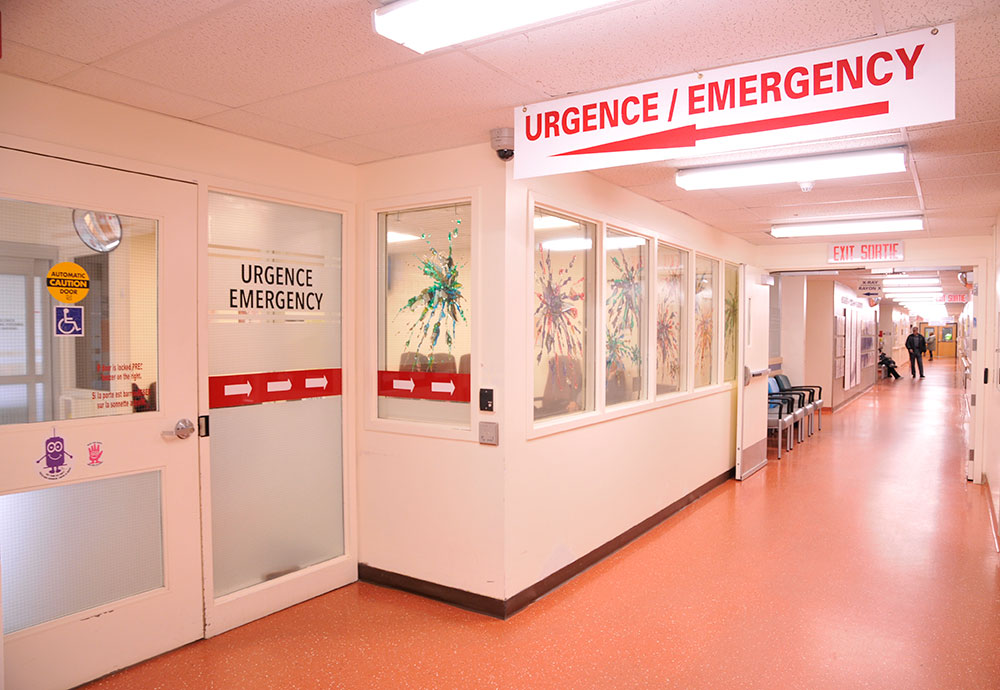Programs & Services
EMERGENCY SERVICES
If you are having a medical emergency, please call 911 immediately. If you are outside of a 911 region, please contact 705-372-4357. In an emergency, do not hesitate, go directly to our Emergency Department.
What are my alternatives to the ER?
Call your family doctor, primary health care provider, or Telehealth Ontario. If you have an illness or injury, call Telehealth at 1-866-797-0000 and speak to a nurse over the phone. This is a 24 hour, 7 days a week service if you live in Ontario.
What to
Expect
Please remember to bring your health card every visit
At the desk, a nurse will ask you general questions about your reason for visiting and swipe your Health Card. You will then be asked to take a seat in the waiting room until you are called once again to be “triaged” or assessed by a nurse, who will take your vital signs (temperature, blood pressure, etc.) and ask you more specific questions. After this assessment, you will be asked to return to the waiting room until you are called for treatment.
Please note: Although Emergency Department staff works hard to see you as soon as possible, patients are seen based on the seriousness of their injuries/illness, not in order of arrival. Those with less serious injuries may be required to wait longer.
If your symptoms worsen while you are waiting, please approach the desk and let the nurse know. Nurses will also be watching your condition while you are in the waiting room—in fact, the area is set up so that the nurse at the desk can see and monitor all patients. Nurses may also check your vital signs again, depending on your symptoms and the wait time. You are also welcomed to approach the nurse if you feel you have been waiting a long time.
During
Treatment
You will be called at some point to enter the main treatment area of the Emergency Department. A doctor will assess you based on your symptoms and ask you questions about your condition. You may be sent for tests including diagnostic imaging (X-rays, etc.) or lab tests (for example, blood work).
Emergency
Visitors
Patient
Discharge
After your assessment, your doctor may find that there is no need for further treatment, and will discharge you. The doctor may give you a prescription and further instructions, including follow up with your primary care provider (family doctor, nurse practitioner, etc.). Please note these instructions carefully. You may find it helpful to bring a pen and paper, if possible, to write these instructions down.
Driving Arrangements
Please arrange for a ride from the Emergency Department. It is often advisable to have someone drive you after a visit to the Emergency Department depending on your condition or medication.
Narcotics
Policy
Doctors at the Emergency Department will not refill or give a prescription for any narcotics including codeine-based painkillers. Please visit your primary care provider (family doctor, nurse practitioner, etc.) to renew your prescription.
Ambulance
Services
Our ambulance service is available to respond to emergencies 24 hours a day. A co-payment charge for this service is applicable according to OHIP guidelines. Individuals who need an ambulance for a non-urgent situation or who do not have a valid Health Card will be required to pay the entire fees.

